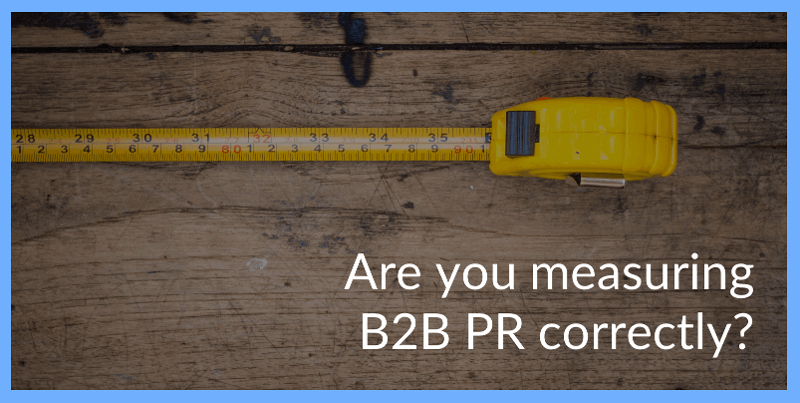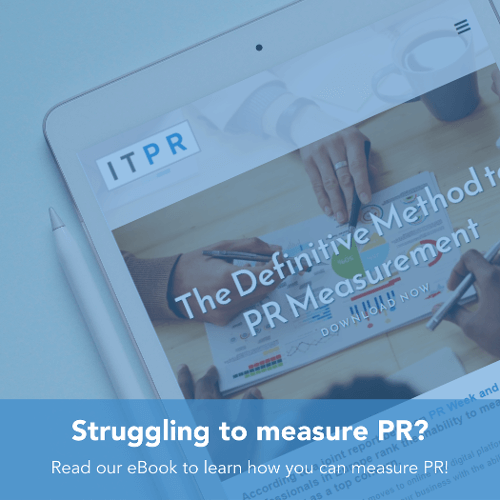With the technology available, measuring B2B PR should no longer be subjective. It should be built upon hard statistics.
When it comes to measuring B2B PR campaigns, there is still a lot of scepticism in the eyes of some board members as to how PR can demonstrate tangible ROI. Thankfully however, technology is our tool of choice when it comes to measuring the impact of B2B PR campaigns.
There have long been calls within the PR industry to adopt a “unified outcomes-based measurement system” for measuring PR that is scientific, scalable, and comprises of four essential metrics: increased trust; deeper communities; behavioural change; and increased commercial success.
Whilst we cannot argue with the sentiment, the missing element here is how these metrics should be ranked in importance, or how they should interrelate.
If accurate benchmarks/targets aren’t agreed upfront between client and the PR partner, then there is a significant risk of focusing on measurement techniques that present a campaign in a way that looks too much like bluffing (in the same way that Advertising Value Equivalency - AVE and Opportunities to see - OTS advocates have for many years), rather than actually providing evidence of a PR campaign’s actual impact on the business.
What is the best approach to measuring B2B PR?
The logical place to start seems to be the top – the client’s own ultimate goal. No matter the intention stated in the brief or RFP, every B2B PR campaign has at its heart, the goal of growing leads and sales enquiries. An objective of a B2B PR campaign may be to achieve heightened brand awareness or to combat a negative perception, but if you follow these two aims to their natural conclusions, they come back to increasing leads and sales enquiries.
Any adequate measurement system for a B2B PR campaign has to end with a simple metric – how has the campaign influenced the number of sales enquiries?
A successful B2B PR campaign must show its effect on the intended audience via the channels used as part of the campaign. Perhaps in terms of growth of website visitors from key referring channels, increased blog subscriptions, increased website engagement or even simply the continued provision of regular content to support wider marketing activity.
What is the end game for measuring B2B PR?
All this activity is surely for nothing if doubling website visits does not result in increased website engagement or sales interest coming from the website? This is where PR crosses the threshold and starts to permeate into marketing. With software on the website that provides measurement of engagement, you can identify where the barriers lie and either remove them, or provide an offer which entices the visitor to engage.
The point at which a website visitor identifies themselves and becomes a CRM record is a tipping point for the B2B PR campaign and (with the technology in place) a good PR partner should be able to connect the dots from a lead and trace it back to either an earned, paid or owned channel.
Measuring B2B PR has evolved and it is the responsibility of your PR partner to be transparent about their performance using analytics. This could be through Google Analytics, Marketing Automation software, Social Media tracking software or (ideally) a combination of all of the above.
For too long PR has been comfortable in stating “We can’t trace PR directly to identifiable sales enquiries”, but thankfully the PR world is moving on and recognising how technology can be used to prove the impact of a successful B2B PR Campaign.
In short, PR consultancies have to not only realise, but also understand how interest in media articles, engagement with the website, social networks and changes in search behaviour – amongst other indicators – can all be related back to identifiable sales enquiries and “commercial success”.
If not, they will quickly find that clients and prospects lose faith – and patience – in their lack of accountability. Good campaigns + good analytics = great long term relationships.
Tags: PR





.png?width=60&name=twitter-logo%20(1).png)
